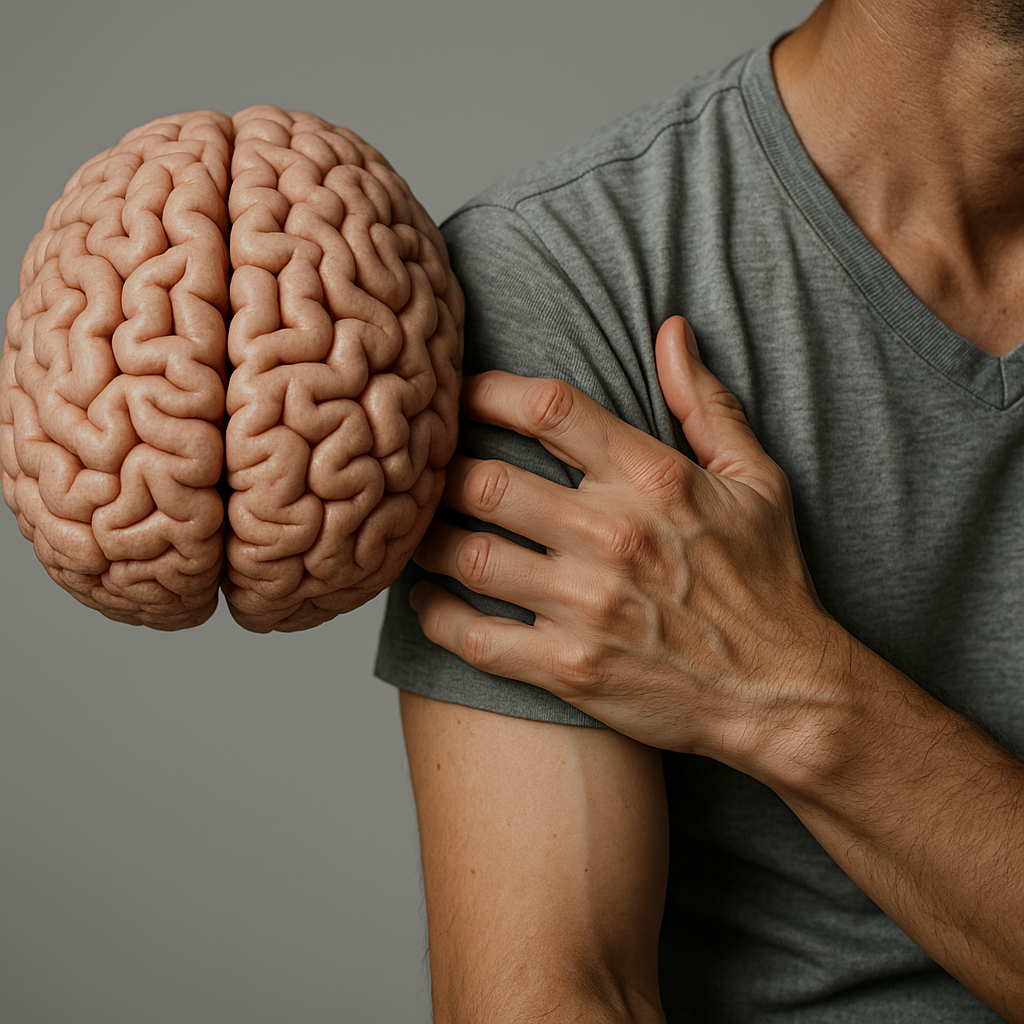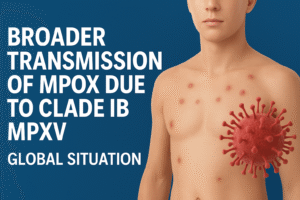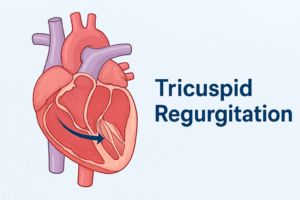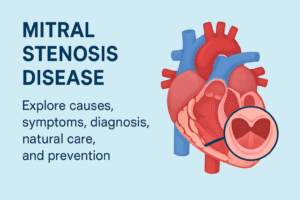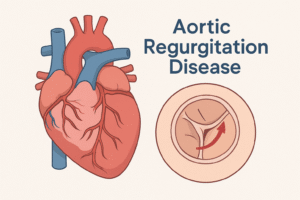When legendary baseball player Lou Gehrig revealed in 1939 that he was diagnosed with a rare neurological disorder, the world first came to know about Amyotrophic Lateral Sclerosis (ALS). Decades later, ALS remains one of the most devastating and least understood neurodegenerative diseases.
But ALS is more than a medical condition—it is a journey that deeply affects patients, families, caregivers, and entire health systems. According to the World Health Organization (WHO) and the National Institute of Neurological Disorders and Stroke (NINDS), ALS impacts about 2–5 people per 100,000 worldwide, making it a global health challenge.
This article explores the causes, stages, symptoms, diagnosis, treatment approaches, prevention, diet, risk factors, and global impact of ALS—with insights from WHO, the ALS Association, and other leading organizations.
What is ALS?
Amyotrophic Lateral Sclerosis (ALS) is a progressive neurodegenerative disease that destroys motor neurons—the nerve cells responsible for controlling voluntary muscle movements like walking, speaking, and breathing.
As these neurons degenerate, muscles weaken, shrink, and lose coordination. Eventually, the brain cannot send signals to control movement. Interestingly, cognitive abilities are usually preserved, meaning patients remain mentally aware even as their physical abilities decline.
Causes of ALS
The exact cause of ALS is still unknown, but researchers believe it results from a mix of genetic, environmental, and biological factors:
- Genetic mutations – About 5–10% of cases are inherited (linked to genes like SOD1 and C9orf72).
- Environmental triggers – Exposure to heavy metals, pesticides, and toxins may increase risk.
- Oxidative stress – Free radicals damage neurons, accelerating degeneration.
- Immune dysfunction – The body’s immune system may attack its own motor neurons.
- Age & gender – Risk rises after 50. Men are slightly more vulnerable before age 65.
Stages of ALS
ALS progression differs for each patient but generally follows four stages:
- Early stage – Mild muscle weakness or stiffness, usually in arms, legs, or speech.
- Middle stage – Worsening mobility, swallowing difficulties, fatigue.
- Late stage – Dependence on mobility aids, breathing support, and help with daily tasks.
- End stage – Severe disability, requiring full-time caregiver and respiratory support.
Types of ALS
- Sporadic ALS – The most common form (90–95%), with no family history.
- Familial ALS – Inherited (5–10%) and linked to genetic mutations.
By onset pattern:
- Limb-onset ALS – Weakness starts in arms or legs.
- Bulbar-onset ALS – Speech and swallowing are affected first.
Symptoms of ALS
Common symptoms include:
- Muscle weakness and stiffness
- Difficulty walking or performing daily activities
- Slurred speech, trouble swallowing
- Muscle cramps and twitching (fasciculations)
- Weight loss and chronic fatigue
- Breathing difficulties in later stages
Diagnosis of ALS
Since there is no single definitive test, doctors use multiple approaches:
- Neurological exams – To assess reflexes, strength, coordination.
- Electromyography (EMG) – Measures muscle activity.
- Nerve conduction studies – Evaluate electrical signals in nerves.
- MRI scans – Rule out other conditions.
- Genetic testing – For suspected familial cases.
Non-Medical Treatments
Although there is no cure, supportive care greatly improves quality of life:
- Physical therapy – Maintains strength and flexibility.
- Occupational therapy – Teaches adaptive techniques for daily life.
- Speech therapy – Helps with communication (including assistive devices).
- Respiratory support – Non-invasive ventilation aids breathing.
- Counseling & psychological support – Supports mental health of patients and families.
- Assistive technology – Mobility aids, communication devices, eye-tracking software.
Can ALS Be Prevented?
There is no proven prevention method, but steps that may reduce risk include:
- Limiting exposure to toxins and pesticides
- Protecting the brain and spinal cord from injury
- Maintaining a healthy lifestyle (balanced diet, exercise)
- Eating antioxidant-rich foods to fight oxidative stress
Healthy Diet for ALS Patients
Nutrition plays a vital role in managing ALS:
- High-calorie meals – To meet increased energy demands
- Protein-rich foods – Support muscle health
- Omega-3 fatty acids – Reduce inflammation
- Antioxidant-rich fruits & vegetables – Protect nerve cells
- Hydration – Supports digestion and energy levels
In advanced stages, a feeding tube may be recommended to ensure proper nutrition.
Risk Factors of ALS
Factors linked to higher ALS risk include:
- Age (40–70 most common)
- Family history/genetic mutations
- Male gender (slightly higher before 65)
- Exposure to toxins/chemicals
- History of brain or spinal injury
- Higher prevalence among military veterans
Global Impact of ALS
- Prevalence – An estimated 450,000 people worldwide live with ALS.
- Healthcare costs – Devices, therapies, and medical care are expensive.
- Emotional burden – Families face mental, emotional, and financial strain.
- Research – Organizations (WHO, NINDS, ALS Association) focus on gene therapy, stem cell treatments, and neuroprotective drugs.
Conclusion: Living with ALS
ALS is often called the “silent thief of movement.” It strips away independence but never the willpower and spirit of those fighting it.
With early diagnosis, supportive therapies, and global research, patients and families can find hope. As WHO emphasizes, addressing neurological disorders like ALS is crucial for healthier societies. By raising awareness, funding research, and supporting caregivers, we can shape a future where ALS is better understood—and eventually overcome.
Frequently Asked Questions (FAQs)
1. Can ALS be cured?
No. Current treatments focus on slowing progression and improving quality of life.
2. How long can a person live with ALS?
On average, 2–5 years after diagnosis. Some live much longer with proper care.
3. What is the first sign of ALS?
Muscle weakness, twitching, or speech/walking difficulties.
4. Is ALS inherited?
Most cases are sporadic. Only 5–10% are genetic.
5. Who is most at risk?
People aged 40–70, men under 65, those with family history, toxin exposure, or head injuries.
6. Can lifestyle changes help?
Yes. Diet, therapy, respiratory support, and assistive devices significantly improve quality of life.
Read our blog on Parkinson’s Disease – https://newsarmour.com/parkinsons-disease-causes-symptom-stages-diet-treatments/
Sources : –
NINDS – What is ALS?
https://www.ninds.nih.gov/health-information/disorders/amyotrophic-lateral-sclerosis-als
ALS Association – What is ALS?
https://www.als.org/understanding-als/what-is-als
CDC – National ALS Registry Overview
https://www.cdc.gov/als/abouttheregistrymain/about-amyotrophic-lateral-sclerosis-als.html
Mayo Clinic – Diagnosis & Treatment of ALS
https://www.mayoclinic.org/diseases-conditions/amyotrophic-lateral-sclerosis/diagnosis-treatment/drc-20354027
BrainFacts – ALS (NINDS resource)
https://www.brainfacts.org/diseases-and-disorders/neurological-disorders-az/diseases-a-to-z-from-ninds/amyotrophic-lateral-sclerosis-als

